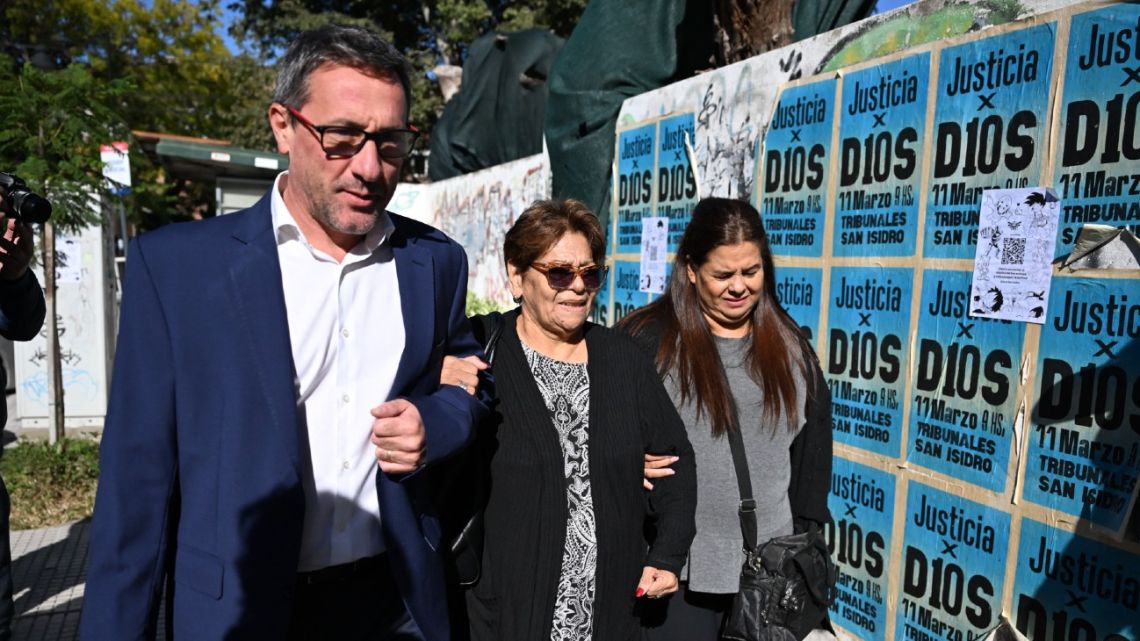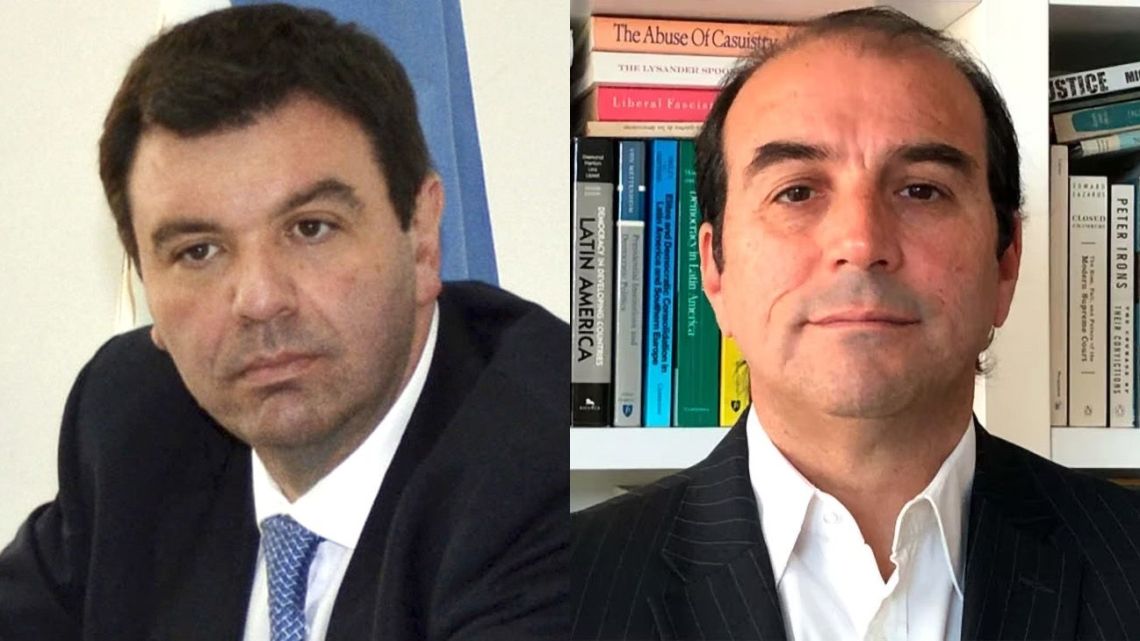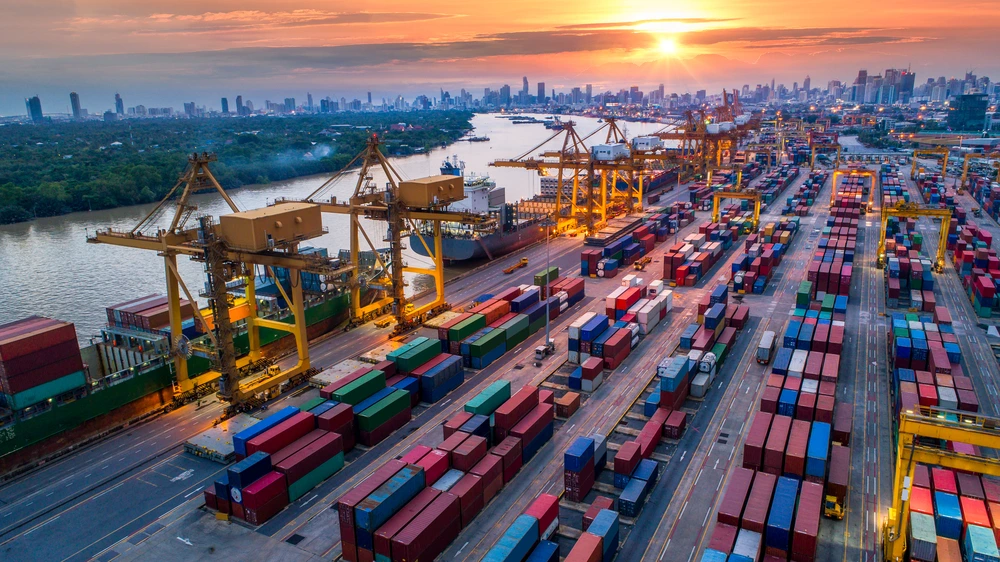Petrobras, Brazil’s state-owned oil company, announced on March 24, 2025, a hydrocarbon discovery in the Norte de Brava block, Campos Basin. Located 105 kilometers off Rio de Janeiro’s coast, the find at 575 meters deep offers fresh potential.
The drilling finished, and workers now conduct wireline logging to study the reservoir. The Campos Basin shaped Brazil’s oil industry since the 1970s, peaking at 1.65 million barrels daily in 2009.
Production later dropped as fields aged, pushing Petrobras to focus on Santos Basin’s pre-salt reserves. Now, the company invests $22 billion to sustain Campos at 600,000 barrels daily by 2028.
Petrobras secured Norte de Brava in a 2022 auction, targeting the pre-salt layer, known for high-quality oil reserves. The company drills to assess the hydrocarbons—carbon and hydrogen compounds powering fossil fuels. This could add millions of barrels to Brazil’s reserves if viable.
Petrobras’ Norte de Brava Discovery
The discovery matters as global oil demand rises, with forecasts predicting a 3.2 million barrel daily increase by 2030. Petrobras averages 2.8 million barrels daily, leaning heavily on pre-salt fields.
 Petrobras Strikes Hydrocarbons in Campos Basin, Signaling New Life for Aging Fields. (Photo Internet reproduction)
Petrobras Strikes Hydrocarbons in Campos Basin, Signaling New Life for Aging Fields. (Photo Internet reproduction)Norte de Brava could offset declines and support a $111 billion investment plan through 2029. Brazil’s economy benefits too, with oil and gas driving 13% of GDP and creating jobs nationwide.
A productive field here boosts taxes and energy security, aligning with plans to fund renewables via oil profits. Yet, environmentalists question this amid climate pressures.
In addition, the find shifts focus back to Campos, diversifying Petrobras’ output beyond Santos Basin’s giant fields like Búzios. Success here speeds up plans for new platforms, extending the basin’s life by decades. It also draws global eyes to Brazil’s pre-salt expertise.
Petrobras partners with firms like BP in other blocks, and Norte de Brava’s promise could lure more investment. The company balances this with $16.3 billion for low-carbon projects, navigating a tricky path. Brazil aims to lead on climate while tapping oil wealth.
Workers now analyze the reservoir’s size and fluid type to determine its worth. Early signs point to valuable crude, common in Campos’ pre-salt zones. Petrobras eyes this as a lifeline for an aging basin once thought past its prime.
This discovery tests Brazil’s strategy as it hosts a major climate summit in 2025. Oil fuels growth, but critics demand greener priorities. Petrobras pushes forward, betting Norte de Brava revives Campos without derailing broader goals.
The story unfolds as data trickles in, revealing if this find matches giants like Tupi.

 By The Rio Times | Created at 2025-03-25 09:16:10 | Updated at 2025-04-04 05:54:44
1 week ago
By The Rio Times | Created at 2025-03-25 09:16:10 | Updated at 2025-04-04 05:54:44
1 week ago








